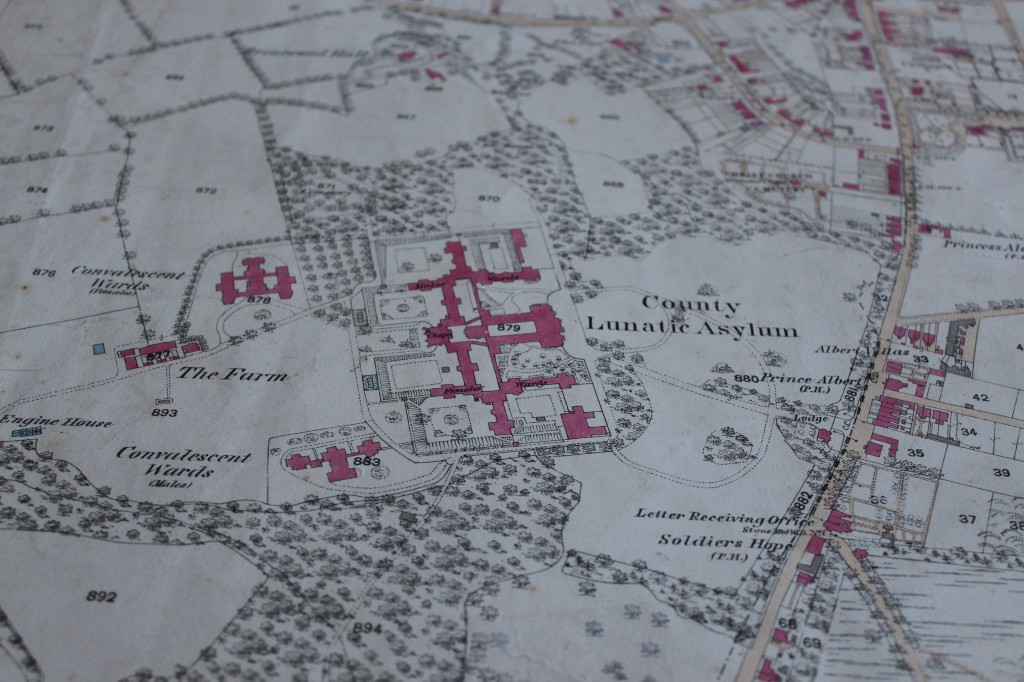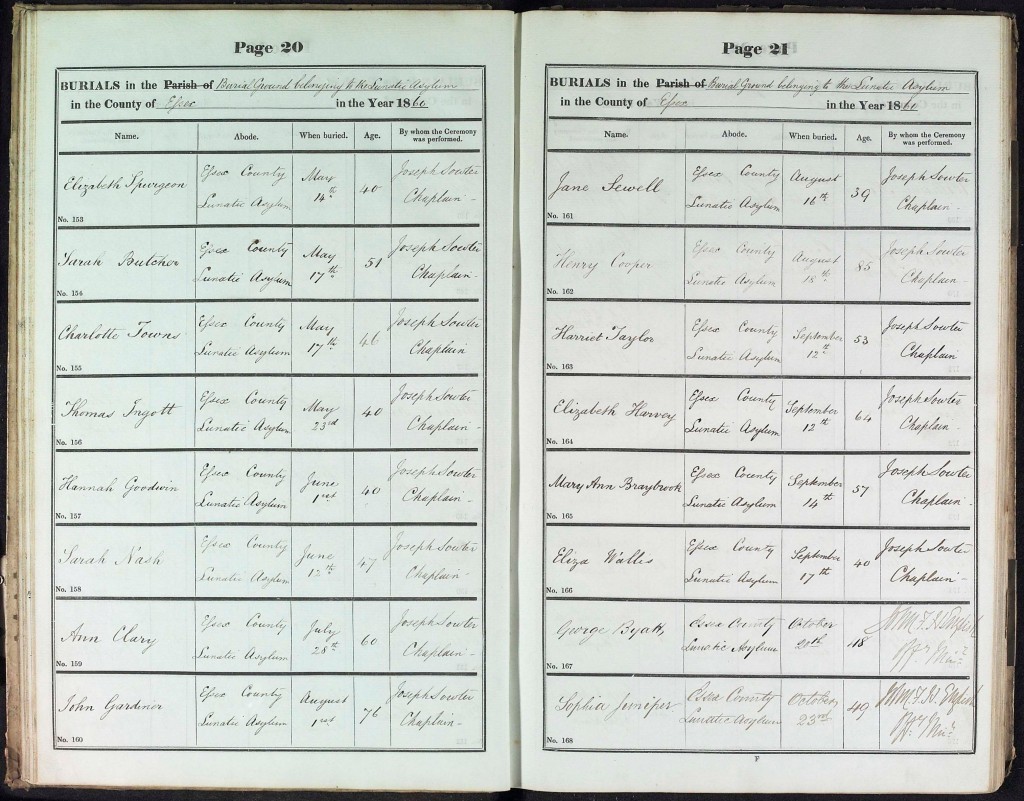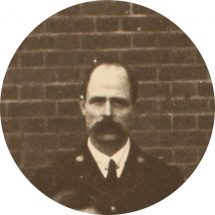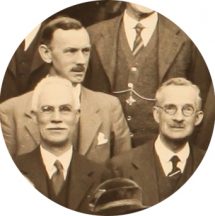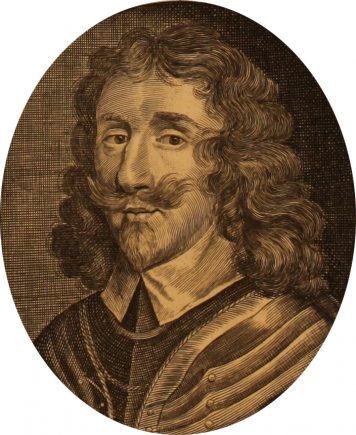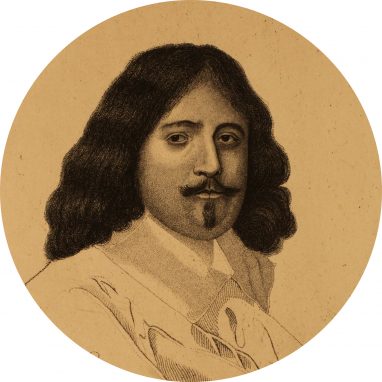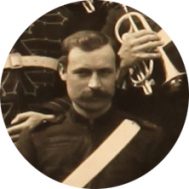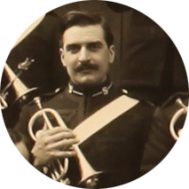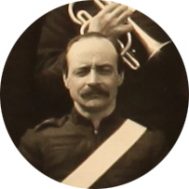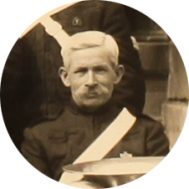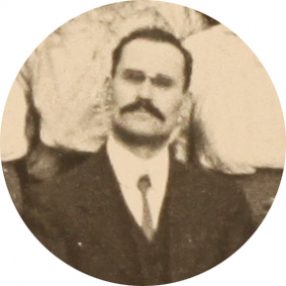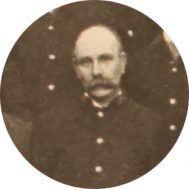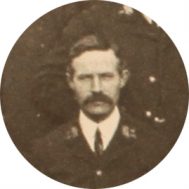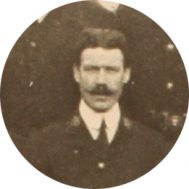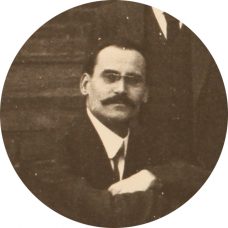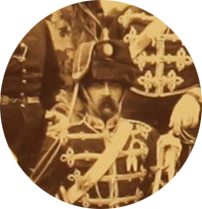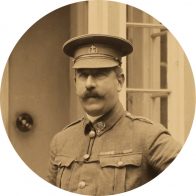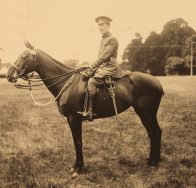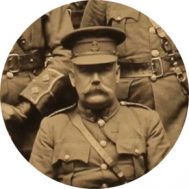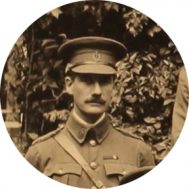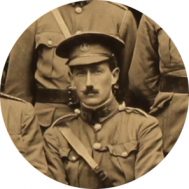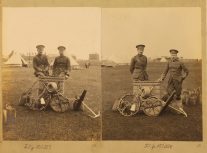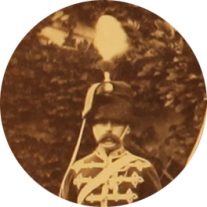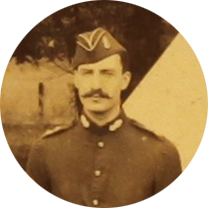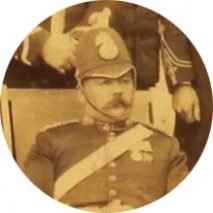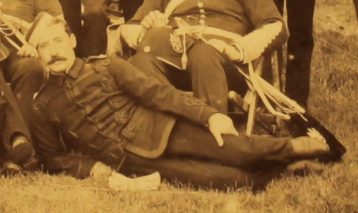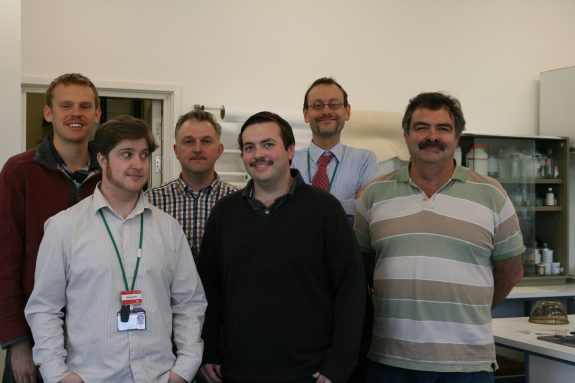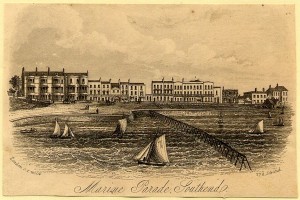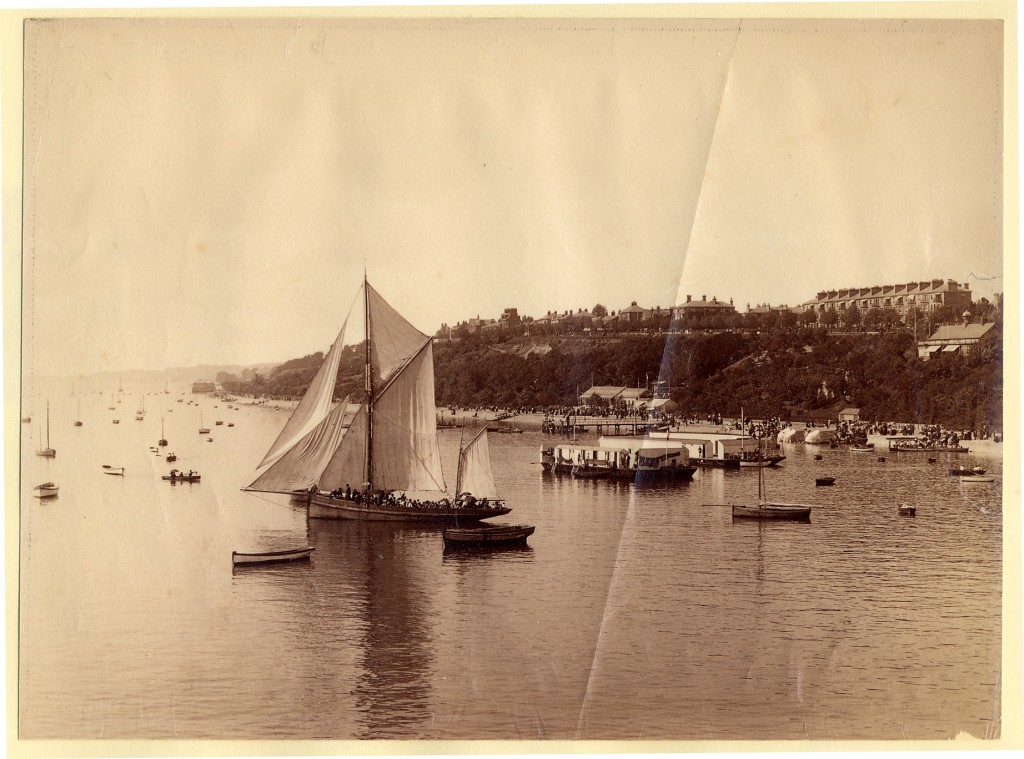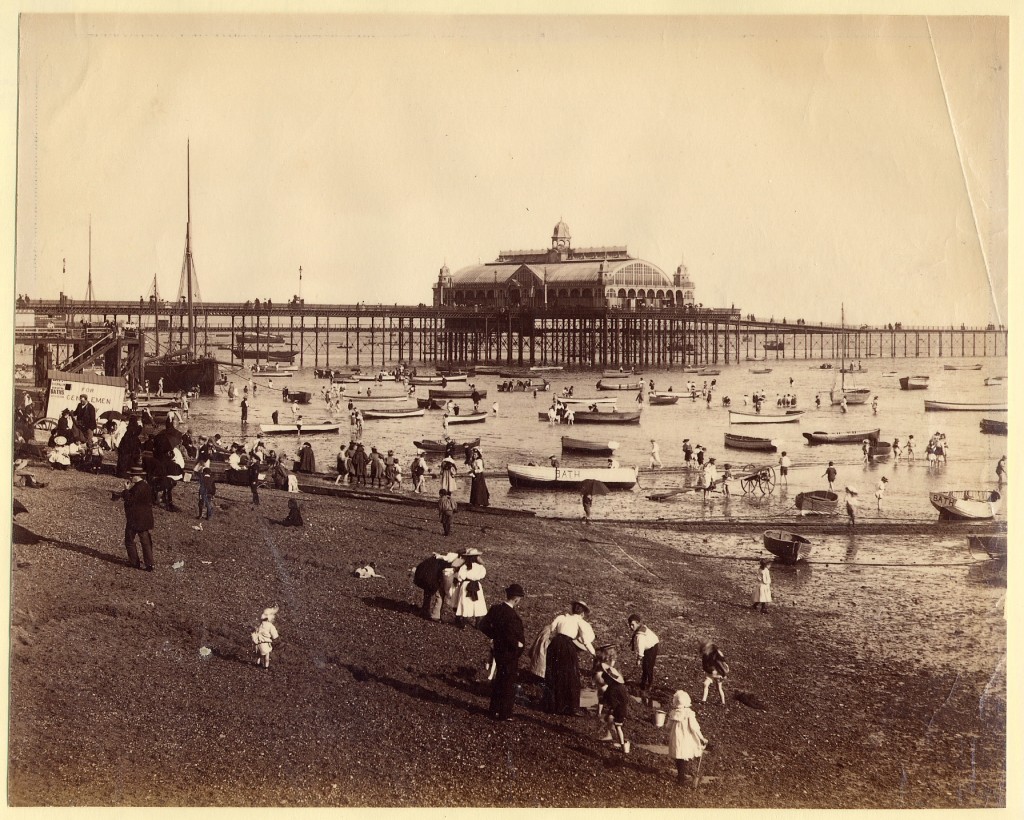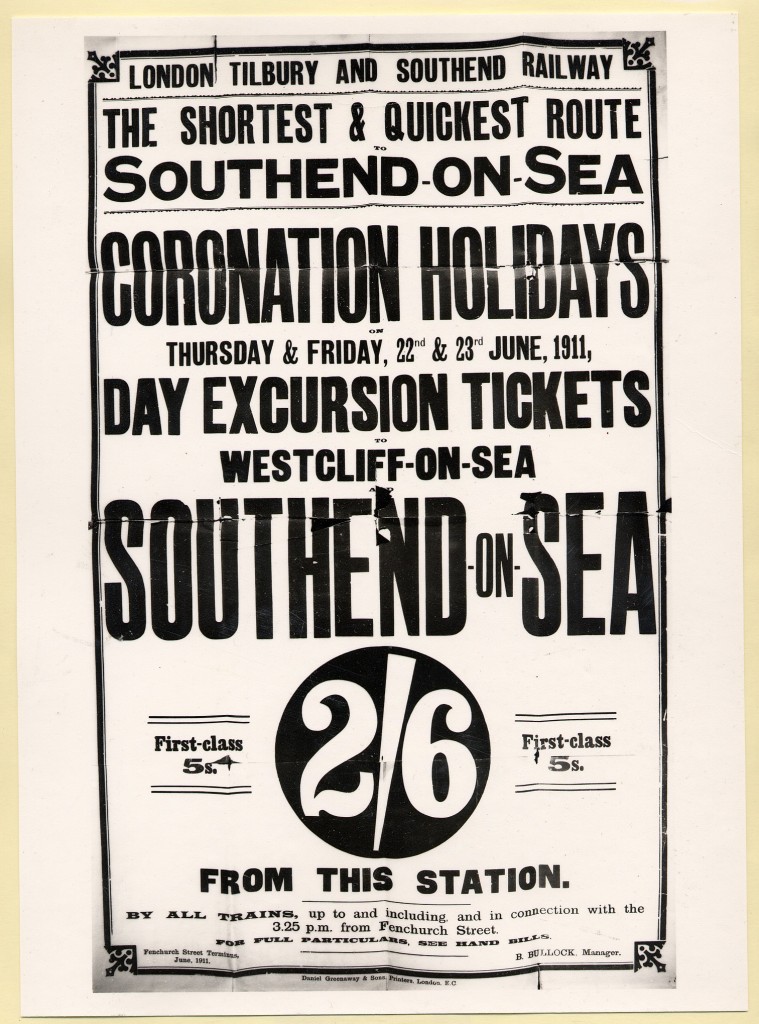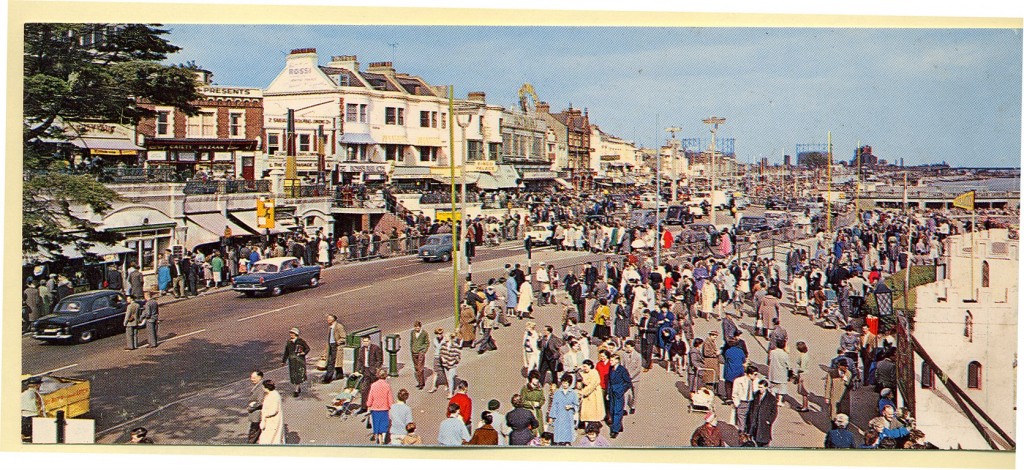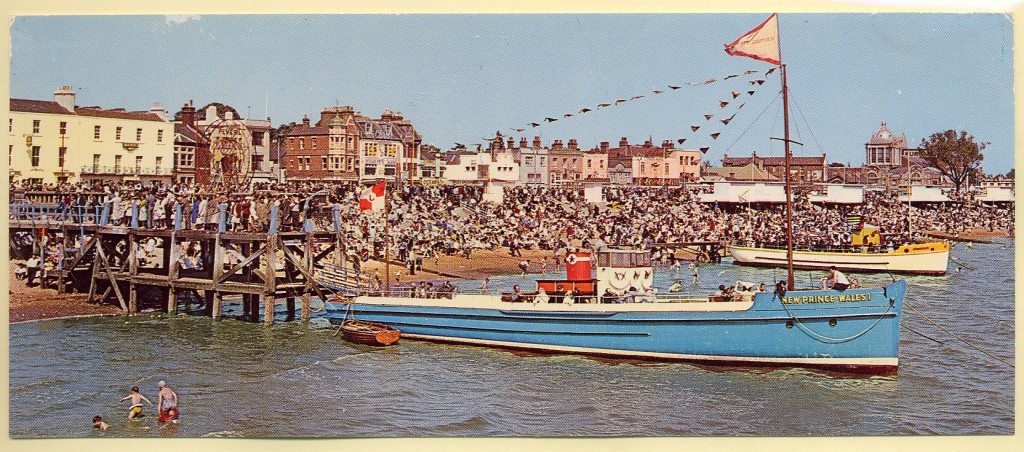Tonight on ITV the inimitable pub landlord, Al Murray, amongst others, will be discovering the secrets of their ancestors’ lives. One of Murray’s ancestors was committed to an asylum and the show will follow his discovery of what that meant for her and the other asylum “inmates”.
After The Asylum Act of 1845 it became a requirement for each county to have its own asylum. The Justices of the Peace in Essex opened their County Asylum at Warley near Brentwood in 1853 at a building cost of some £66,000. It was then designed to hold 450 inmates. The institution finally closed its doors in 2001 and much of the site has now been re-developed into luxury flats. To get a flavour of what the asylum was like at the end of its life this website has a number of very good pictures.
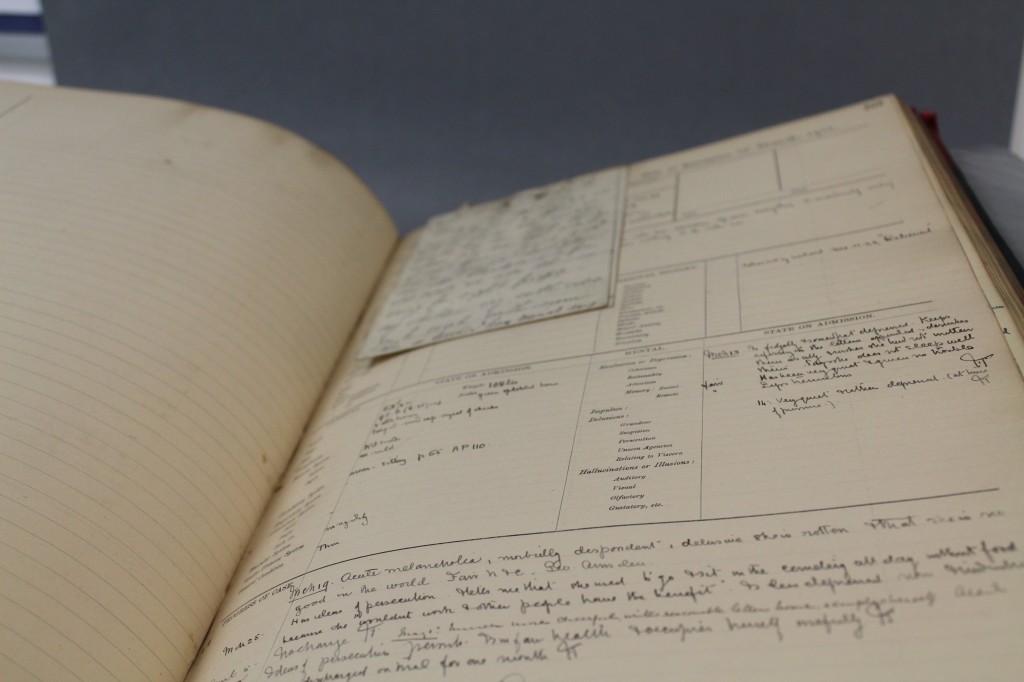
A/H 10/2/5/18 – A page from one of the female case books. The words used to describe her illness are somewhat different to how we would describe them today. “Acute melancholia, morbidly despondent…”
Those documents which had survived the passing of time and the closing of Warley Hospital have now been passed to us at the Essex Record Office. These include Managers’ Minutes, Reception Orders, Case Books and Patient Indexes. We also have a range of Burial Registers which were kept by the Justices of the Peace. The majority of these documents fall under our A/H 10 reference and many of these can be searched in the Record Office, though it is worth bearing in mind that most records less than 100 years old are closed to the public and will have to be searched by one of our archivists (the exception to that being the Burial Registers which are held under references Q/ALc 12/1 to Q/ALc 12/5 and these are currently available to view on our catalogue Seax).
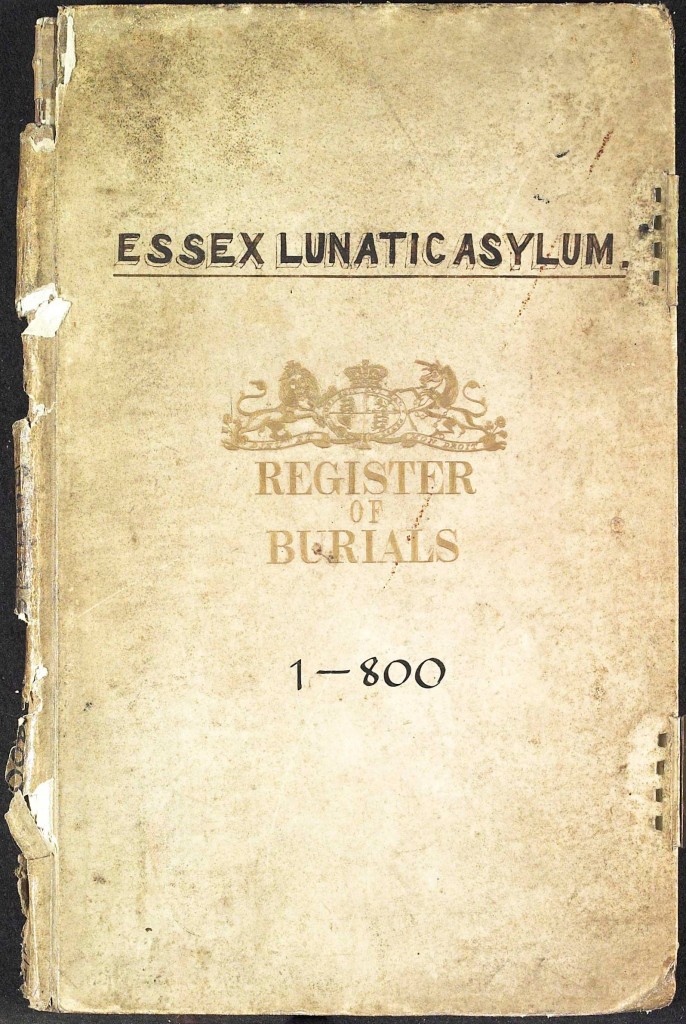
Q/ALc 12/1 – This is the first of 5 burial registers kept by the Justices of the Peace for the graveyard at Warley Hospital. They run from 1856 to 1935. Some burials of patients from Warley are also recorded in the parish graveyard of St Peter’s, South Weald
If you are interested in what you discover with Al Murray tonight and want to find out more about life in the asylum or if you think you may have a relative who may have been in the County Asylum, please feel free to visit us or get in touch to discover the secrets that our records might hold.

